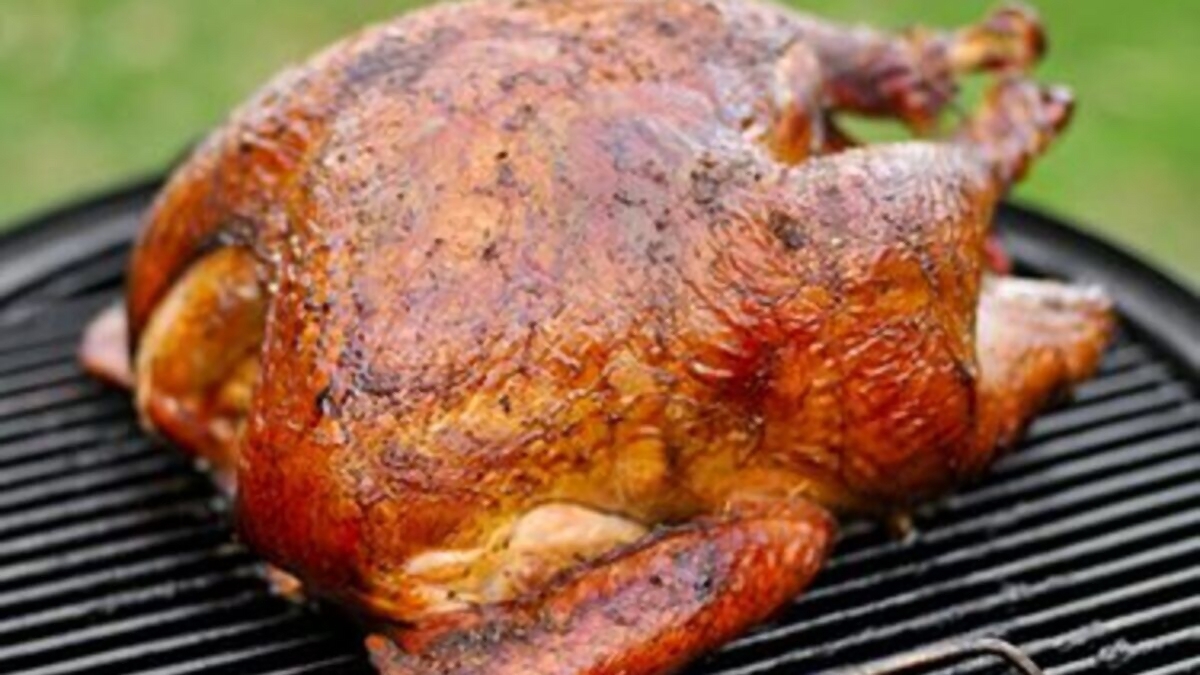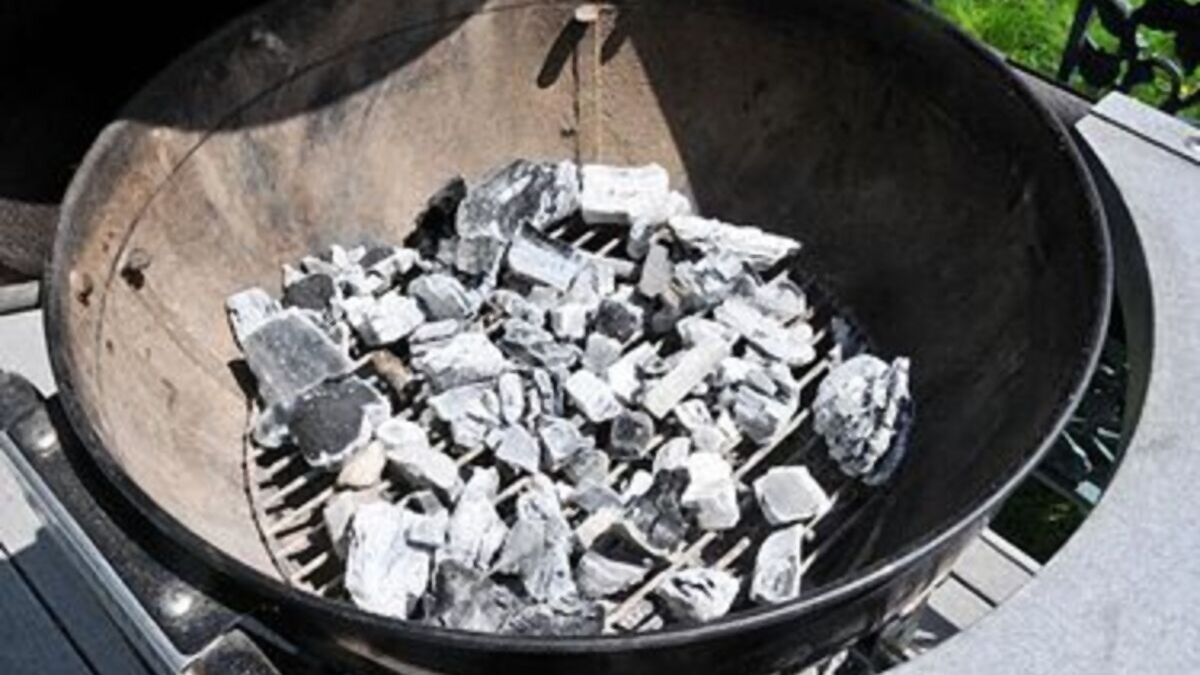Mastering the Grill: Temperature Control Without a Thermometer
Grilling isn’t just about throwing food over flames; it’s a nuanced art that relies heavily on temperature control. While digital thermometers are helpful, a skilled griller can master heat management simply by understanding how fire behaves and responding to visual cues. A surprisingly accurate method for gauging your grill’s temperature involves a simple piece of paper. Observe how quickly a small piece of paper combusts when held over the cooking grate – a quick 1-2 second burn indicates high heat, perfect for searing steaks and achieving a beautiful crust on burgers. Conversely, a 6-8 second burn signifies low heat, ideal for slow-cooked masterpieces like brisket and ribs.


